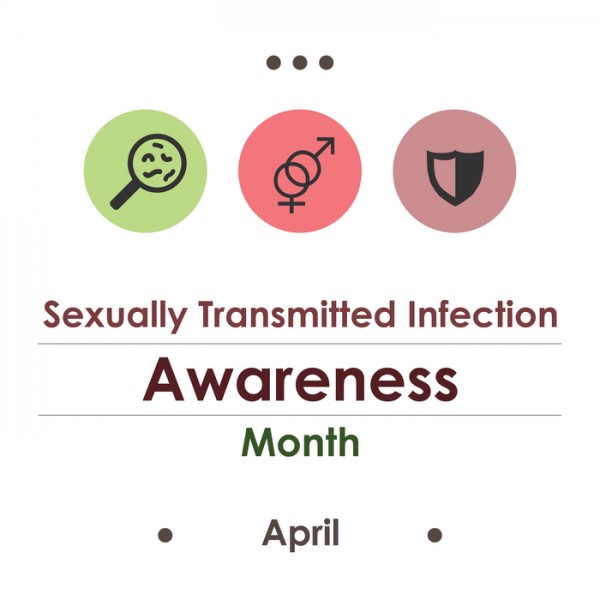



April has been set by the American Sexual Health Association (ASHA) as STI Awareness Month – and April 10 has been appointed National Youth HIV/AIDS Awareness day.
This focus on youth and STIs (Sexually Transmitted Infections/Diseases) is not a coincidence – due to increased sexual activity and a lack of knowledge about STIs, young people represent the largest segment of the population infected with STIs. In the US alone, about 20 million new cases of STI occur per year – and more than half of these cases occur in people aged 15-24.
Because of this, it’s incredibly important that we, as a nation, focus on discussing sexual health and activity openly – young or old, it’s crucial to understand the precautionary measures that can be taken to prevent the spread of STIs.
Nurses also need to know how to prevent the spread of STIs – treating STIs is very common, and giving patients information on how to reduce the chances of contracting STIs and how to prevent them from spreading them is absolutely crucial.
So, In this article, we’ll take a look at 5 simple ways that people of every age can help curb the spread of STIs. Whether you’re talking to a patient or one of your own children (yes, we know it’s awkward) this information can save lives.
The spread of STIs is hard to prevent when individuals don’t even know whether or not they’re affected. Contrary to popular belief, many STIs can go unnoticed for months or even years at a time, with relatively mild symptoms.
HPV (Human Papillomavirus) is one of the best examples there is. HPV affects over 12% of the global population, and can be totally symptomless, especially among men. However, HPV is also the number one cause of cervical cancer and a number of other cancers in women, so it’s essential that even those who show no symptoms get tested to prevent its spread.
This goes for all STDs. Unless tests are performed regularly on sexually active individuals, there may be no way to know whether or not they are infected. Any person who is engaging in sexual activity with multiple partners over a short period of time should be tested regularly – both for their own safety, and that of their partners.
Condoms cannot prevent STI spread 100% of the time, but when used properly and regularly, they are extremely effective at protecting both parties involved in sexual activity from STI transmission.
This is because condoms provide a barrier through which STIs cannot be transmitted – from either party. Therefore, safe sex should be made a priority whether or not a particular individual knows that they have an STI.
Page: 1 2
When we discuss students, we always mention their qualities. Those qualities show what they are…
If you or someone you know is juggling mental health issues alongside substance abuse, understanding…
For the last couple of weeks, the Israel-Hamas conflict has taken over the news cycle.…
Our eyes are invaluable, serving as our windows to the world. The ability to see…
Undoubtedly, one of the most demanding and challenging professions is nursing. Nurses work long hours in…
Echocardiography, or echo for short, is a key diagnostic test used by cardiologists to assess…